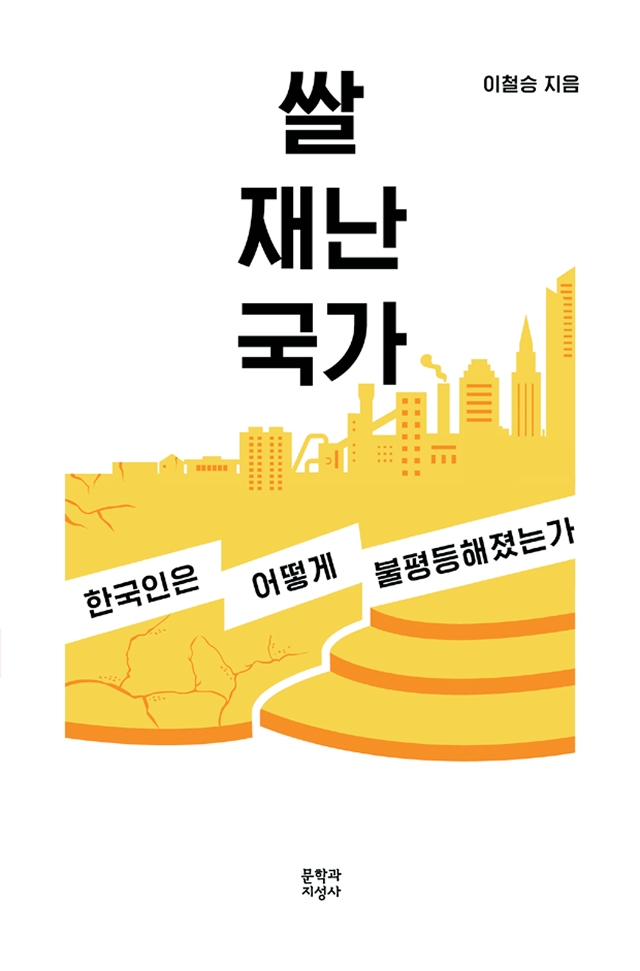
쌀 재난 국가—한국인은 어떻게 불평등해졌는가
- Page
- 384
- Publication Date
- January 25, 2021
- ISBN
- 9788932038001

Rice, Disaster and State is a profound historical analysis on the reason behind the
unequal social structure and the culture of competition/comparison in Korean society.
This analysis is centered on three keywords: rice, disaster, and state. This book consists
of a prologue and six chapters.
Chapter 1: “The Origin of East Asian Nations” statistically analyzes how the disaster
recovery and relief system were formed in rice farming society during the ancient and pre
modern period of Korea for 2,000 years.
Chapter 2: “The Birth of Rice Farming Production System and Cooperative-Relational
Capital” discusses how the cooperation regime worked in the rice farming system and
what psychological(competition and jealousy) structures were created in the process.
Chapter 3: “The Covid-19 Pandemic and the Rice Farming System” shows case studies of
how a cooperation regime has worked to deal with disaster, and each country’s disaster
response system during the COVID-19 pandemic is analyzed.
Chapter 4: “The Rice Farming System and Political Psychology of Inequality” compares
and analyzes how inequality is formed in the rice and wheat farming system, how different
the inequality recognition structure is by nation, and how different the consequences of
the inequality are.
Chapter 5: “The Seniority System and Crisis of Fairness” analyzes the seniority system,
which is one of the most important institutional legacies of the rice farming system, and
discusses how the seniority system is entangled/associated with the generation network
and the population structure and causes unemployment among the young, discrimination
against non regular workers, and the exclusion of women from some jobs.
Finally, Chapter 6: “The Conquest of the Rice Farming System” diagnoses the crisis of
unemployment among the young and the structural crisis of the Korean economy and
suggests alternative measures.